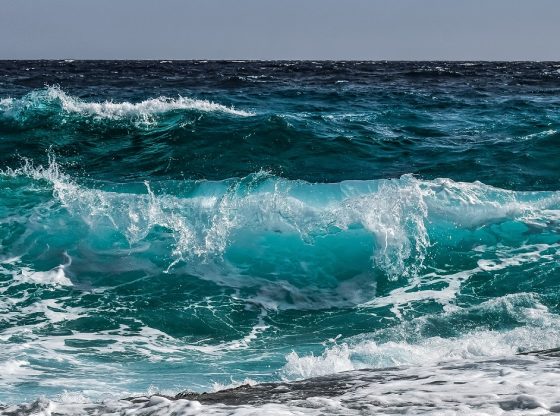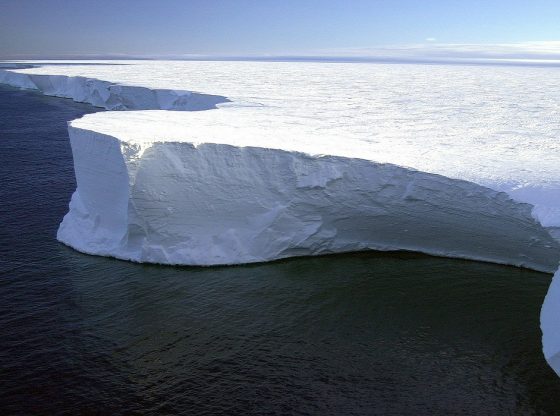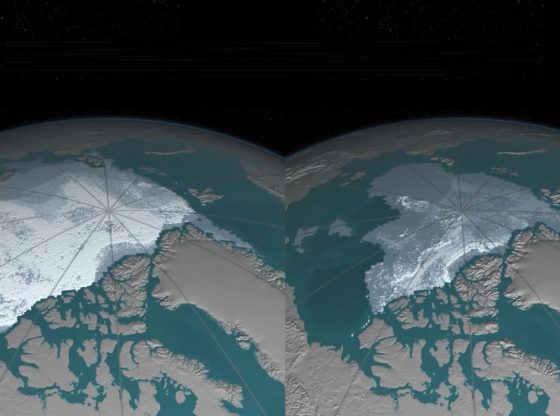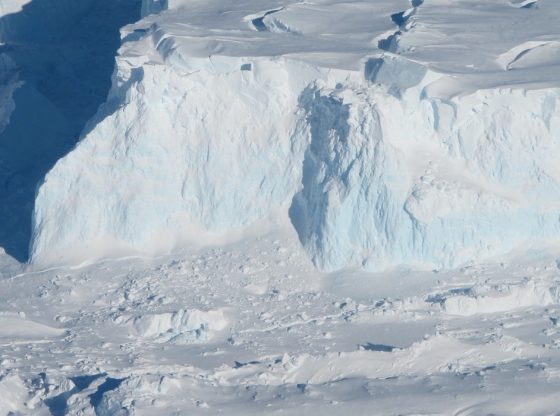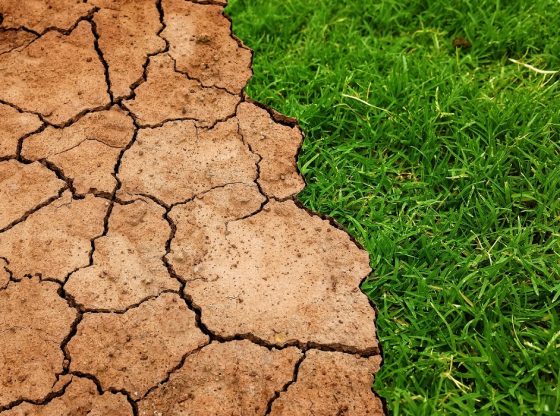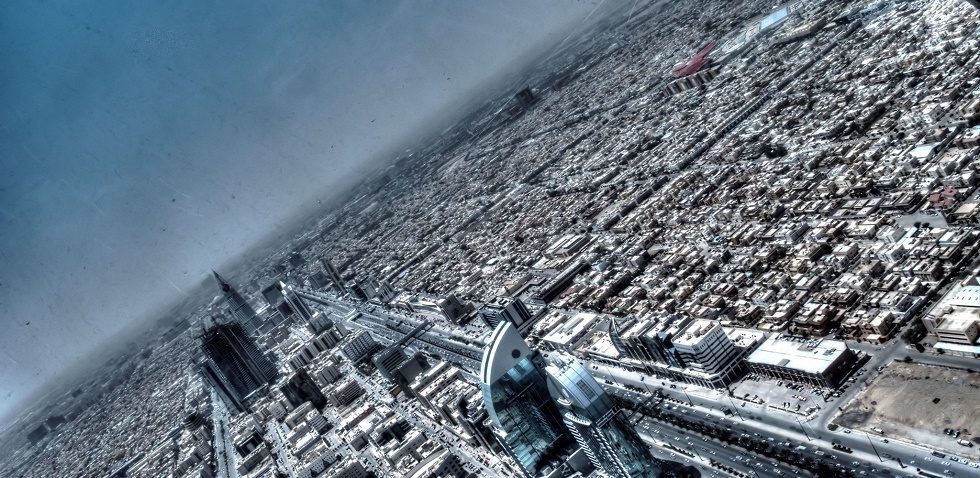
A new study outlines a possible near future scenario in which climate change could lead to dangerously high temperatures and humidity along the coastal areas of the Middle East.
The U.S researchers have used global climate models including the latest IPCC report, based on emissions data between 1976 and 2005.
Then they have then increased temperature precision by taking into account the albedo effect, the solar reflection of deserts in countries like Saudi Arabia, Iran, Qatar, and Kuwait.
The resulting combined data provides us with a more novel perspective of how global warming might impact the Middle Eastern region.
If greenhouse gas emissions continue at the same rate as now, the combined effect of temperature and humidity, the so-called wet-bulb temperature would exceed 35 degrees for more than six hours during certain periods.
This is the heat threshold of what human beings are biologically capable of handling. It is simply too hot and humid for the body to regulate with sweating.
The first heat waves of this kind with appearing this century already, between 2070 and 2100 according to the study. With elderly and children in poorer regions being at highest risk of death from heat stroke.
Today the wet-bulb temperature reach 31 degrees Celsius for prolonged periods in areas around the Persian Gulf. But if emissions continue at the same rate, this would lead to a four-degree rise in average temperatures within this century, according to the study.
It is somewhat ironic perhaps that the same areas which have provided man with oil and gas are now in danger of doing the same areas inhabitable.
_____________
Eltahir E. Et. Al. “Future temperature in southwest Asia projected to exceed a threshold for human adaptability“. Nature Climate Change, DOI: 10.1038/nclimate2833
__________________________



